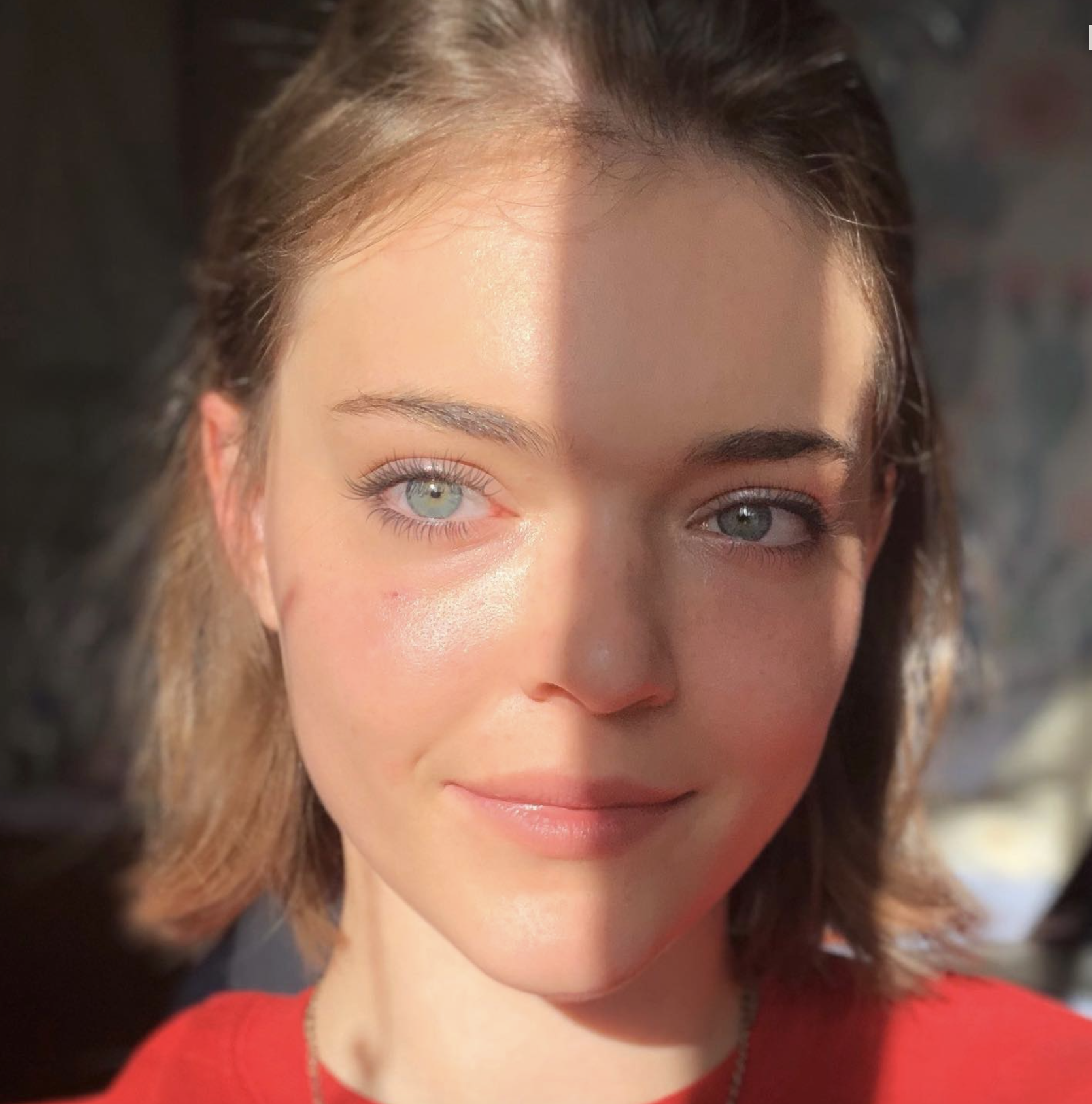A Core Story: Math | Acting
I have always known that I am happiest creating, problem solving, and performing. After my father introduced me to computer programming in First Grade, I created an HTML website independently. In the pre-Facebook era, my website was where I posted about myself and the things I liked; I had pages for jokes, riddles, lists of Tamagotchi tricks and codes (which were embarrassingly extensive in retrospect), and my own personal daily reflections. I began acting, and in Third Grade I spent hours typing up and revising scripts to ensure enough roles to include everyone; I casted, directed, and performed them during recess. In Fourth Grade, I was given a math problem. When I approached my teacher with the answer, she told me I was wrong. When she finally tried my method, she realized that I was, in fact, correct. She immediately moved me into a three-person math class. As I entered Middle School, acting became the product of my creativity, and math became the language for my problem solving.
I therefore leaped at the opportunity to spend this past summer learning higher math while continuing my acting. I worked with Columbia Business School's Professor Costis Maglaras studying social and economic networks. I learned how to analyze and optimally utilize a network, to find the “right” person to send a free sample of a product to, the “wrong” person to tell a secret to. The more I delved into deeper concepts, the more amazed I became with the capabilities of mathematics. I love to pose questions because I love to find answers; to my wonder, math could answer questions I had thought were unanswerable.
I soon discovered that math could answer the ultimate question: which choice is best? Models of learning networks placed numbers into seemingly numberless scenarios: social dilemmas. One model shows that the more varied the initial opinions and actions are within a group, the greater the likelihood that the optimal solution will be found. Thus, math proves that diversity is necessary. To achieve our greatest, we must learn from each other.
Another learning model uses a matrix to represent beliefs of individuals about a topic; eventually beliefs may converge to one, “correct” opinion. Models changed the way I think about decision-making; I now know judgment can be calculated and that I can look to math as a guide. When not working with the professor, I auditioned and advanced to the final round for an off-Broadway play starring Sarah Jessica Parker and Blythe Danner. I’m no baby: I have dealt with rejection, particularly in the acting world. I’ve known for quite awhile that, at five-foot-eight, I am disqualified from many children's roles; I can’t play a fifteen-year-old and tower over whomever plays my mother. I was therefore surprised at the depth of my sadness when they cast the other finalist; she was five-foot-three.
I guess I had hoped that maybe – somehow – my acting ability would overcome such a superficial aspect of my being. But the truth was, even if the director really did enjoy my performance, whomever she hired needed to satisfy all the role’s objective criteria. Auditioning is a numbers game, and at the professional level, there is an abundance of talent. I could therefore audition tirelessly until I was cast. Then it hit me: with the necessary skills I could build a model to predict the probability of being selected for a given part, thereby avoiding countless auditions with low probabilities of success. Data (from, say, IMDb) could compare a role’s criteria with my own characteristics to find a perfect “match." The formula could determine the probability of advancing to the role’s final auditions, where my acting ability – not my physical attributes – is most closely examined. While performance feeds my creativity, math provides my objectivity. My life and my being are the product of these different worlds; I like to think this makes me unique.
